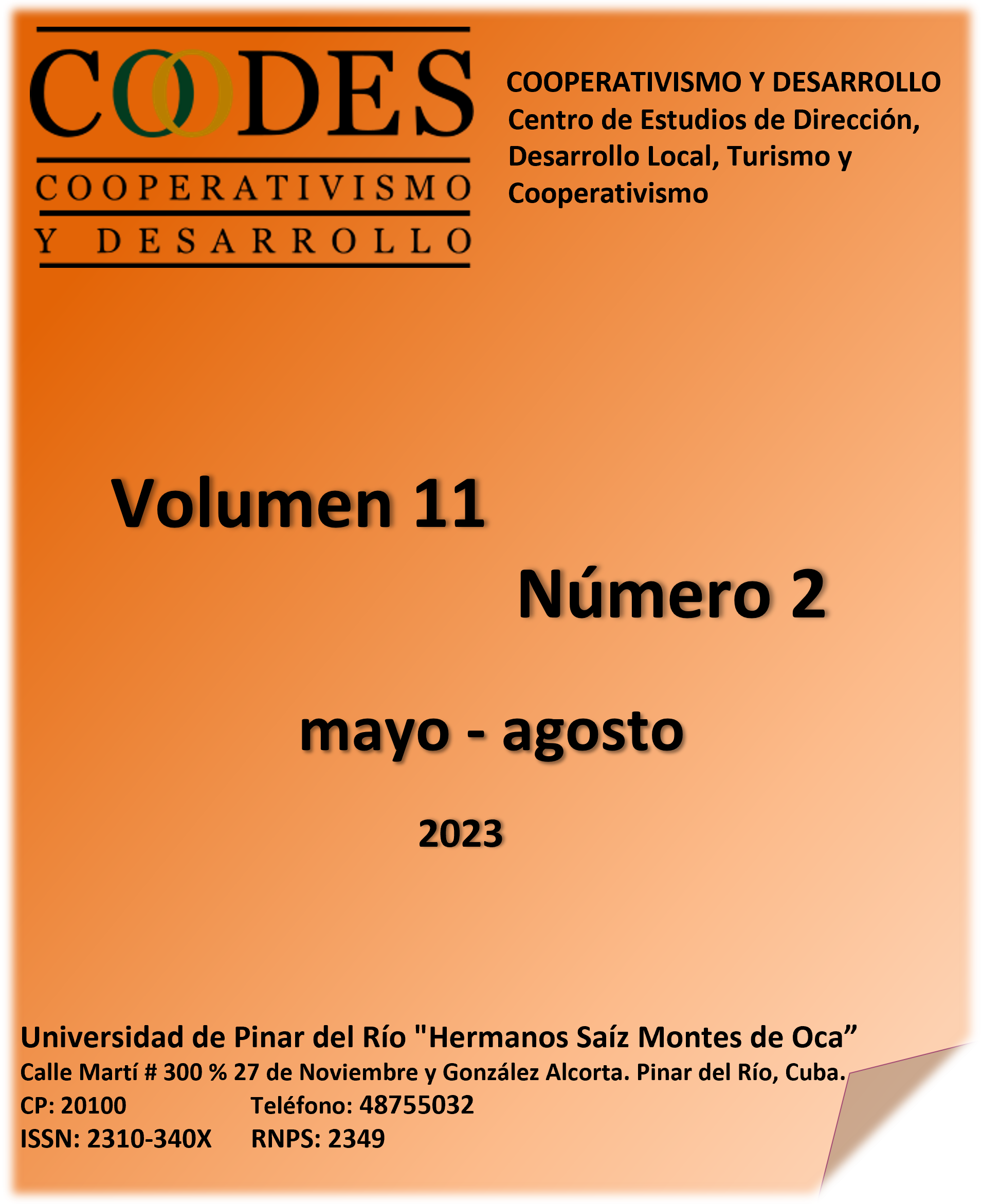Cuban bilateral investment treaties. Actuality and perspectives for local development
Main Article Content
Abstract
Downloads
Article Details
References
Cole, T. (2012). The Boundaries of Most Favored Nation Treatment in International Investment Law. Michigan Journal of International Law, 33(3), 537-586. https://repository.law.umich.edu/mjil/vol33/iss3/3
Dolzer, R., Kriebaum, U., & Schreuer, C. (2022). Principles of International Investment Law. Oxford University Press.
García Corona, I. G. (2013). Arbitraje de inversión: La cláusula de la nación más favorecida en derechos adjetivos. Universidad Nacional Autónoma de México. Instituto de Investigaciones Jurídicas. http://ru.juridicas.unam.mx:80/xmlui/handle/123456789/12236
González de Cossío, F. (2009). Arbitraje de inversión. Porrúa.
Mendoza Díaz, J. (2012). Arbitraje de inversión. Una mirada desde Cuba. Revista Cubana de Derecho, (39), 5-32. https://cuba.vlex.com/vid/arbitraje-mirada-cuba-437405738
Mendoza Díaz, J. (2020). Inversión directa de capital extranjero en Cuba y arbitraje de inversión. En C. Esplugues Mota, Tratado de Inversiones Extranjeras y Arbitraje de Inversiones en Iberoamérica (pp. 337-361). Tirant lo Blanch. https://dialnet.unirioja.es/servlet/articulo?codigo=7566806
Pavó Acosta, R. (2009). La investigación científica del Derecho. Universidad Inca Garcilaso de la Vega. https://fondoeditorialuigv.wordpress.com/2015/03/04/la-investigacion-cientifica-del-derecho/
Riquelme, C. (2018). Consolidando la política de inversiones por medio de la cláusula de nación más favorecida en los tratados internacionales de inversión. Estudios Internacionales, 50(189), 121-148. https://doi.org/10.5354/0719-3769.2018.49063
Suárez Rodríguez, T. (2022). Los APPRI cubanos y la expropiación indirecta en las inversiones extranjeras. Revista Cubana de Derecho, 2(2), 281-316. https://revista.unjc.cu/index.php/derecho/article/view/151
UNCTAD. (2021). Informe sobre las Inversiones en el Mundo 2021. Invertir en la recuperación sostenible. Conferencia de las Naciones Unidas sobre Comercio y Desarrollo. https://unctad.org/system/files/official-document/wir2021_overview_es.pdf
Velázquez Pérez, R. A. (2015). Inversiones extranjeras sostenibles: Un análisis alternativo del derecho internacional de inversiones enfocado sobre Cuba. Bosch. https://dialnet.unirioja.es/servlet/libro?codigo=753673
Zaldivar Rodríguez, Y. (2023). La cláusula de la nación más favorecida: Un análisis prospectivo. Revista Santiago, (160), 175-190. https://santiago.uo.edu.cu/index.php/stgo/article/view/5515


